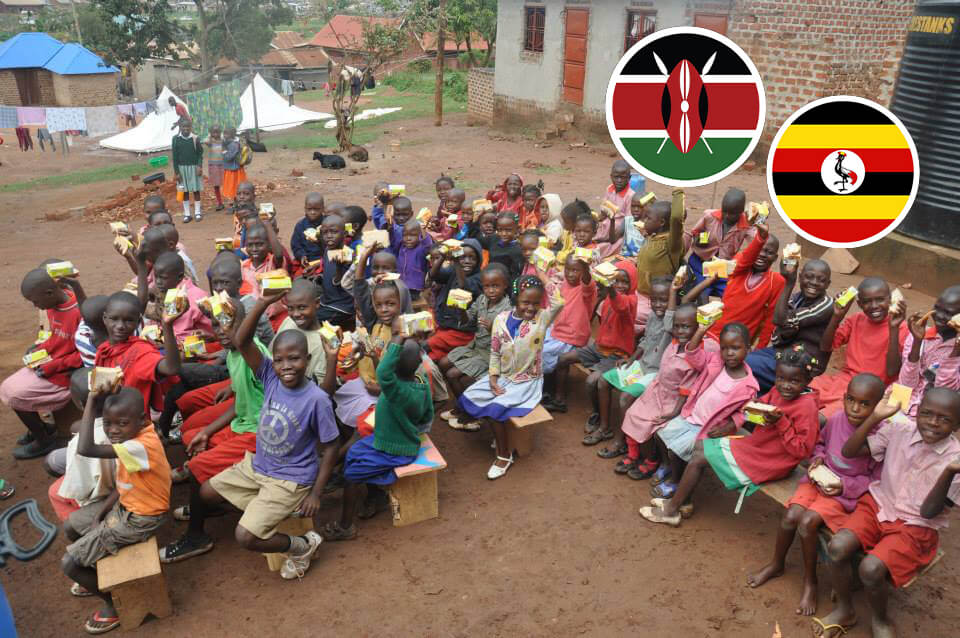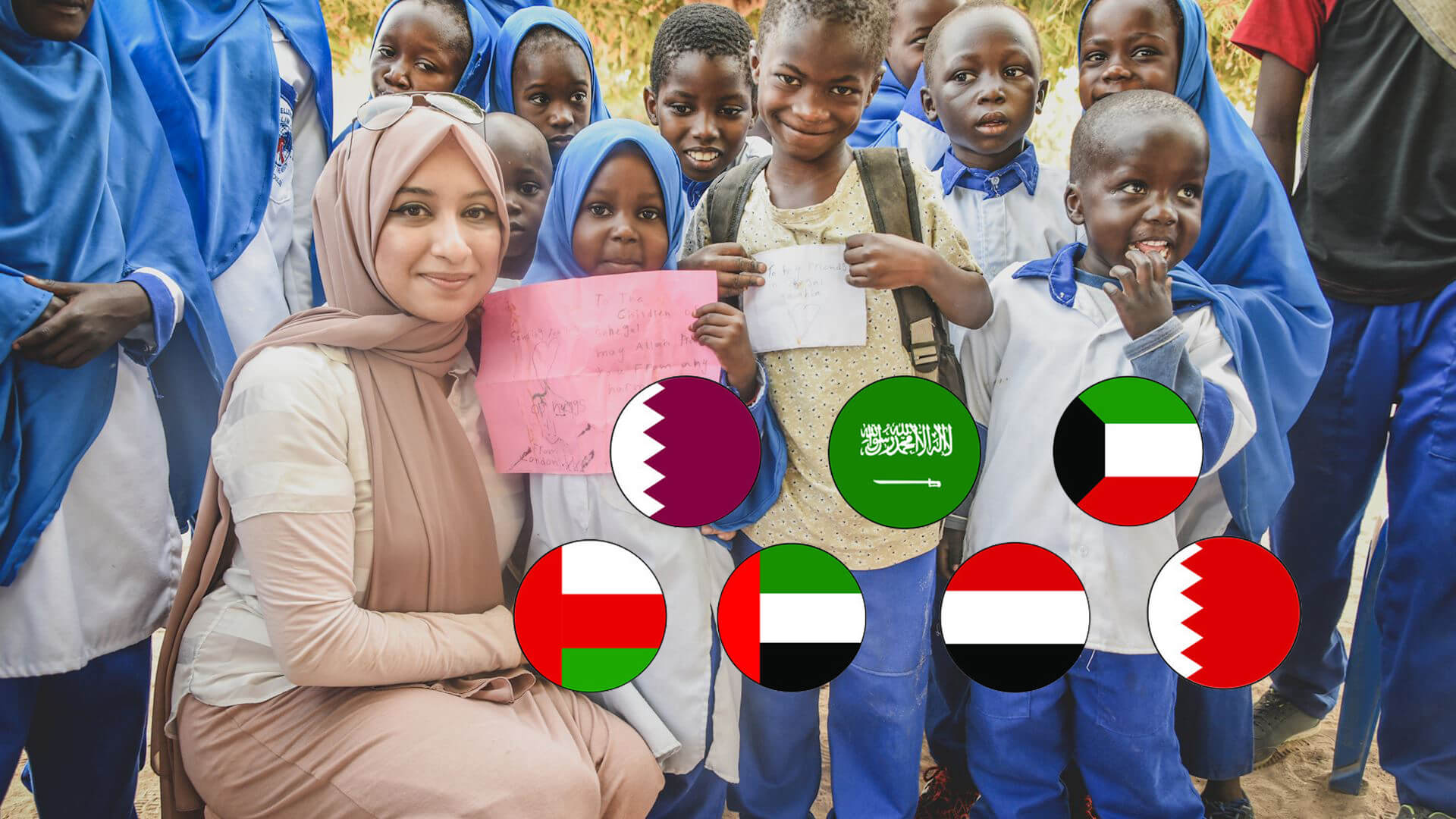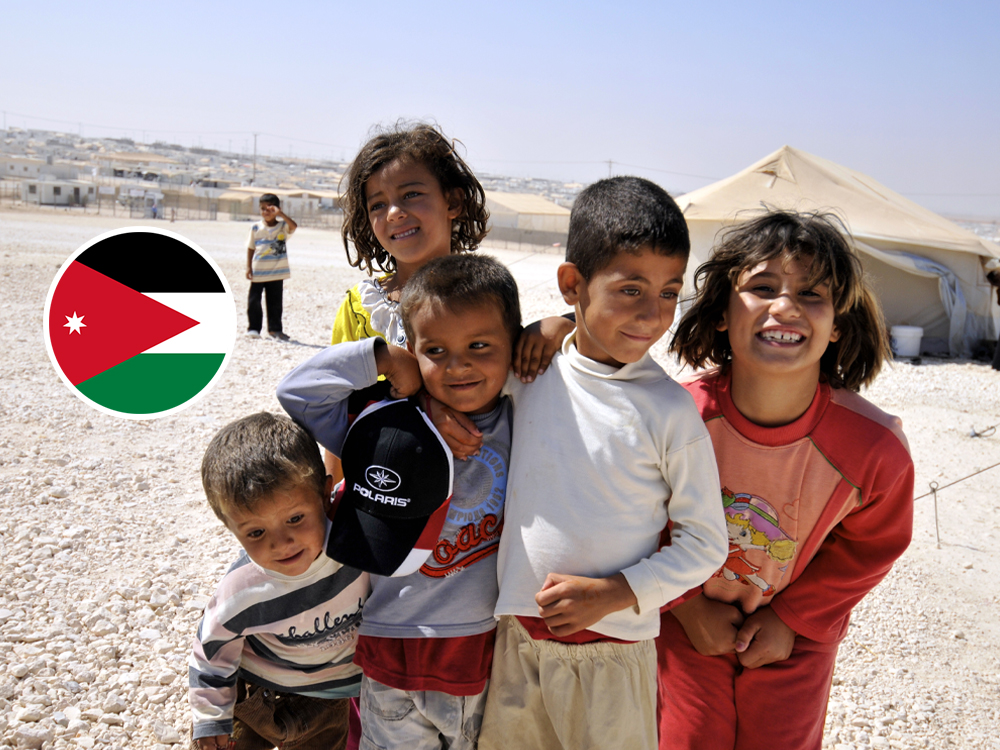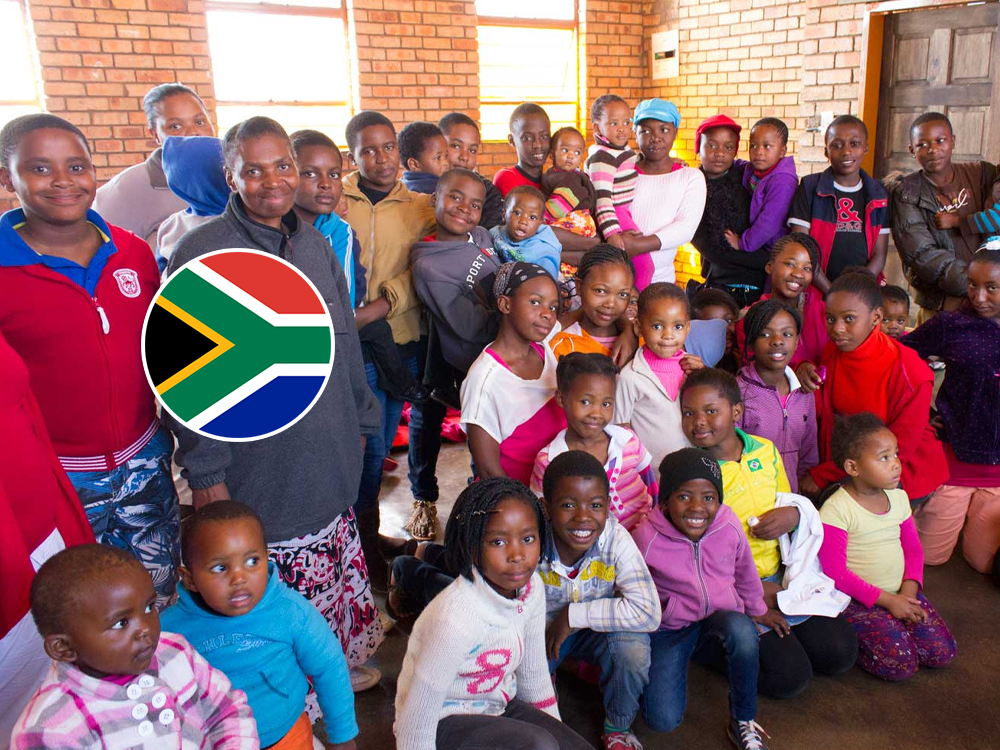possible countries

Egypt
Thousands of children live in orphanages or on the streets, often without consistent access to education, mental health services, or safety. Stigma around psychological support and child welfare reforms is still evolving, and many facilities lack trained professionals. Social exclusion and generational poverty persist for children who age out of care systems without proper life preparation.

Kenya & Uganda
Over 5 million orphans, with fewer than 10% in any formal care structure. Many children live in informal settlements or with extended families in highly vulnerable conditions. Lack of proper education, mental health support, and access to healthcare leaves them at risk of exploitation, early marriages, and child labor. Programs to address these issues are scarce, and governmental support remains limited.

India, Nepal & Bangladesh
Tens of millions of orphans, but limited access to therapy, education, or safe housing. Many children are subjected to child labor, trafficking, or are forced to live in overcrowded shelters with inadequate resources. There is a significant gap in services for mental health care, as well as the need for comprehensive education programs that can help lift children out of generational poverty.

MENAT Region
Complex post-conflict environments where youth often fall through institutional gaps. In countries across the MENAT (Middle East, North Africa, Afghanistan, and Turkey) region, children and young people are disproportionately affected by war, displacement, and violence. Many are forced to grow up in refugee camps or as internally displaced persons, with little to no access to education or basic health care. The lack of formal protection systems and high rates of trauma result in long-term socio-economic challenges.

Jordan
Jordan hosts a large refugee population, including vulnerable children lacking parental care and support. Orphaned and displaced youth often experience trauma, underfunded services, and limited access to tailored education or mental health care. There is a growing need for community-based care models that integrate healing and empowerment.

South Africa
With a high rate of orphanhood due to HIV/AIDS and socio-economic inequality, many children face abandonment, neglect, and trauma. State care facilities are often under-resourced and overburdened, lacking the capacity for emotional rehabilitation and vocational training. The transition to adulthood is especially challenging without strong mentorship and guidance programs.
Our Approach
We partner with local governments & private institutions, repurpose existing buildings where possible, and implement culturally sensitive programming rooted in our core pillars.